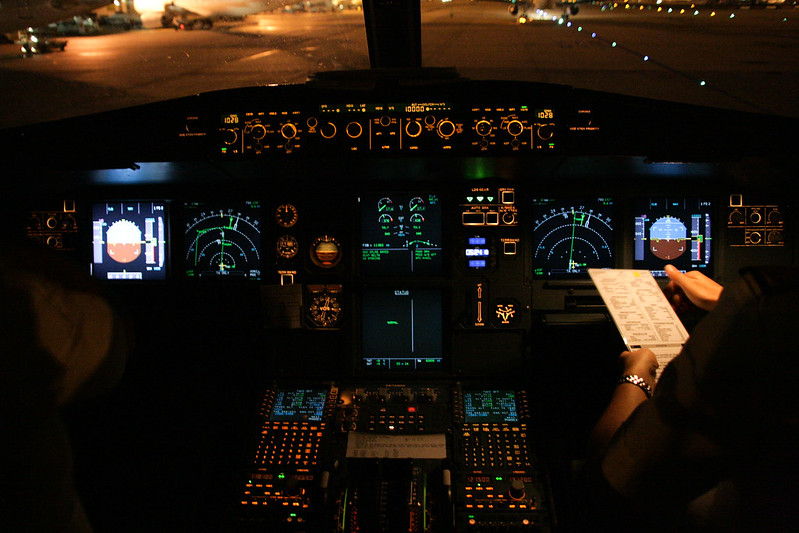Many people with no knowledge of aviation, when they see a cockpit, wonder how pilots know how to touch so many buttons and levers or simply how they know when to see all those instruments that are present in the cockpit. This is totally normal, as there are so many instructions. As they say, erring is human, and forgetting or simply skipping a step in aviation can bring a tragedy, which is why checklists or verification were created and are essential in aviation.
Doing some history
A significant number of complex jobs are carried out keeping in mind a series of steps for which it is recommended to have a checklist so that they are not forgotten; but in the beginning, the aircraft possessed nothing because of how easy it was to fly them and whose instructions could be remembered by heart. Some time later, with the creation of more advanced aircraft and with many more critical points to learn, it was concluded to create these lists so that no step was ever forgotten.
The checklist in aviation dates back to the year 1935 when Boeing created a prototype called 299 where its test pilots, Leslie Towers, and Major Towers Hill lost their lives for skipping steps where they forgot to unlock the controls flight. After the accident investigation board collected all the facts and indications to know what happened, the causes of the accident were released, which led to the creation of a list of steps by Boeing so that the pilots never more will forget about essential steps during the flight.
What is the checklist?
Since the accident of 1935, each aircraft has specific instructions made by the manufacturer called checklists; this is because due to the complexity of each aircraft and the great competition that exists between each manufacturer, not all aircraft have the same instructions and steps to fly, for which each of these companies decided to create the so-called flight manuals, which explain each step that pilots must do to fly in each phase of flight, which must be learned by each pilot.
Due to the extensive amount of information contained in flight manuals and the fact that in aviation, speed is increasingly required to take actions, reduced Checklists were created, reflecting only the most important actions that the pilot should not miss.
Types of checklists
Nowadays there are three types or classes of checklists, those of normal operations, where all the instructions or sequences that must be carried out before, during, and after the flight are reflected in standard conditions where there is nothing that can affect the flight. Then, because the aircraft is complex and can present failures, we have the list of abnormal and emergency procedures which are listed in order to obtain them quickly and execute the different sequences of steps for the correct resolution of the failure.
These checklists nowadays always have procedures that can be read and executed by a single person, but there are also other procedures that are execution and verification where both pilots must check that the step was done because these are critical depending on the flight phase.
What do you think of this topic? Do you think checklists are necessary?
If you have any doubt or question, you can contact us or write your query in the comments section below.
Image by Hans Trapp via Flickr.com under a Creative Commons license.
